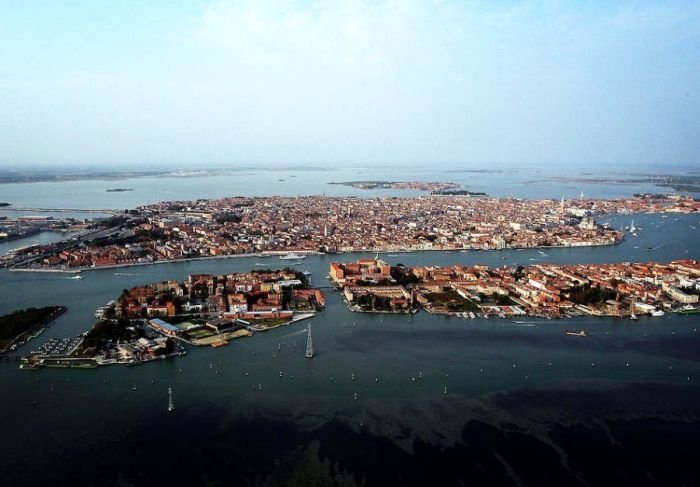|
|
Bird's-eye View Of Venice, Italy
|
Venice, especially during the Middle-Ages, Renaissance and Baroque, was a major centre of art and developed a unique style known as the Venetian School. In the Middle-Ages and the Renaissance, Venice, along with Florence and Rome, became one of the most important centres of art in Europe, and numerous wealthy Venetians became patrons of the arts. Venice at the time was a rich and prosperous Maritime Republic, which controlled a vast sea and trade empire.
By the end of the 15th century, Venice had become the European capital of printing, being one of the first cities in Italy (after Subiaco and Rome) to have a printing press after those established in Germany, having 417 printers by 1500. The most important printing office was the Aldine Press of Aldus Manutius, which in 1499 printed the Hypnerotomachia Poliphili, considered the most beautiful book of Renaissance, and established modern punctuation, the page format and italic type, and the first printed work of Aristotle.
In the sixteenth century Venetian painting was developed through influences from the Paduan School and Antonello da Messina, who introduced the oil painting technique of the van Eyck brothers. It is signified by a warm colour scale and a picturesque use of colour. Early masters where the Bellini and Vivarini families, followed by Giorgione and Titian, then Tintoretto and Veronese. In the early 16th century, also, there was rivalry between whether Venetian painting should use disegno or colorito.
Canvases (the common painting surface) originated in Venice during the early renaissance. These early canvases were generally rough.
|
|









